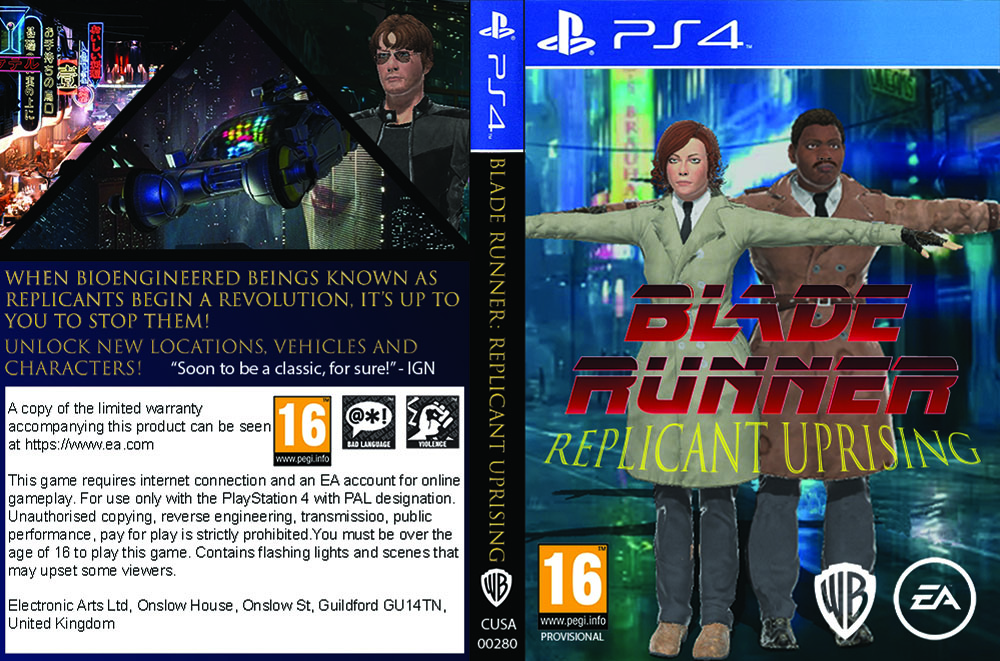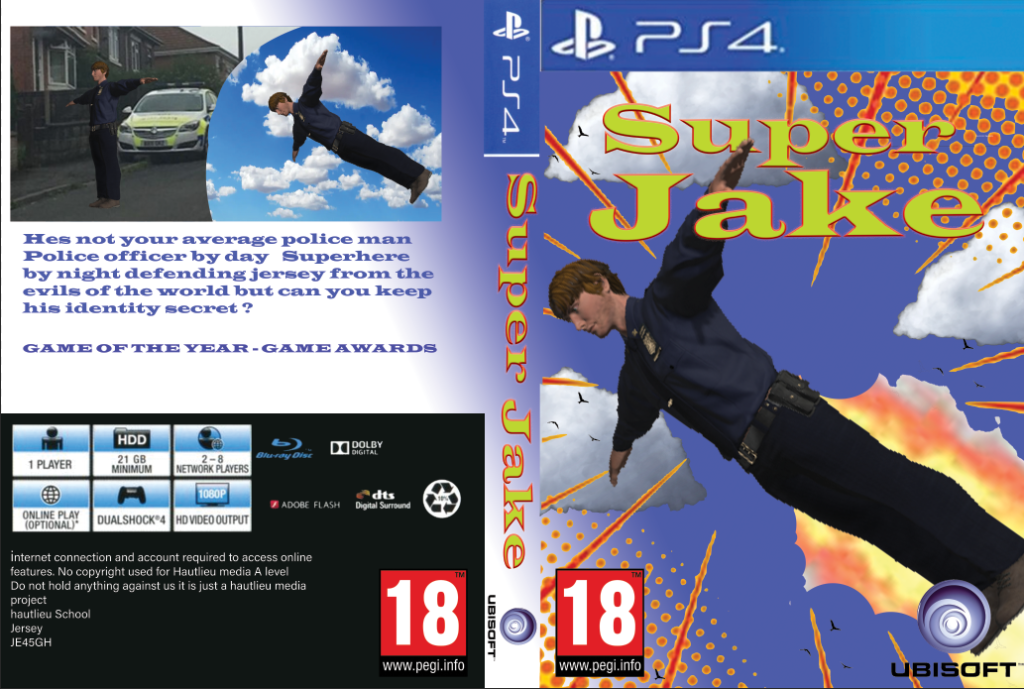levelling up representation – “Regarding Asian women, they are often sexualized in “fan service” games, which are characterized by their portrayal of (Asian) women in a hypersexualized manner, placing great focus on revealing clothes, large exposed breasts, and barely-there underwear that is flashed at every given opportunity.”
levelling up representation – “This poor representation of Asian women perpetuates the stereotype that they are meek, submissive, sexual objects who exist purely for men’s entertainment.”
Laura Mulvey – “peeping toms, whose only sexual satisfaction can come from watching, in an active controlling sense, an objectified other”
Laura Mulvey – “in a world ordered by sexual imbalance, pleasure in looking has been split between active/male and passive/female”
Feminist Frequency Site – “conjunction with other aspects of their design, to make them exude sexuality for the entertainment of the presumed straight male player.”
Feminist Frequency site – “The gruesome death of women for shock value is especially prevalent in modern gaming”


